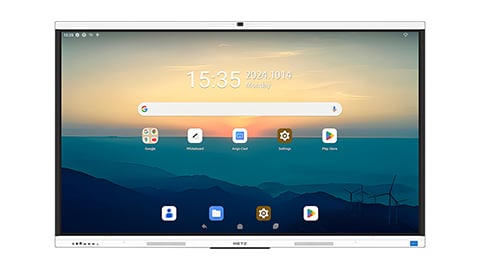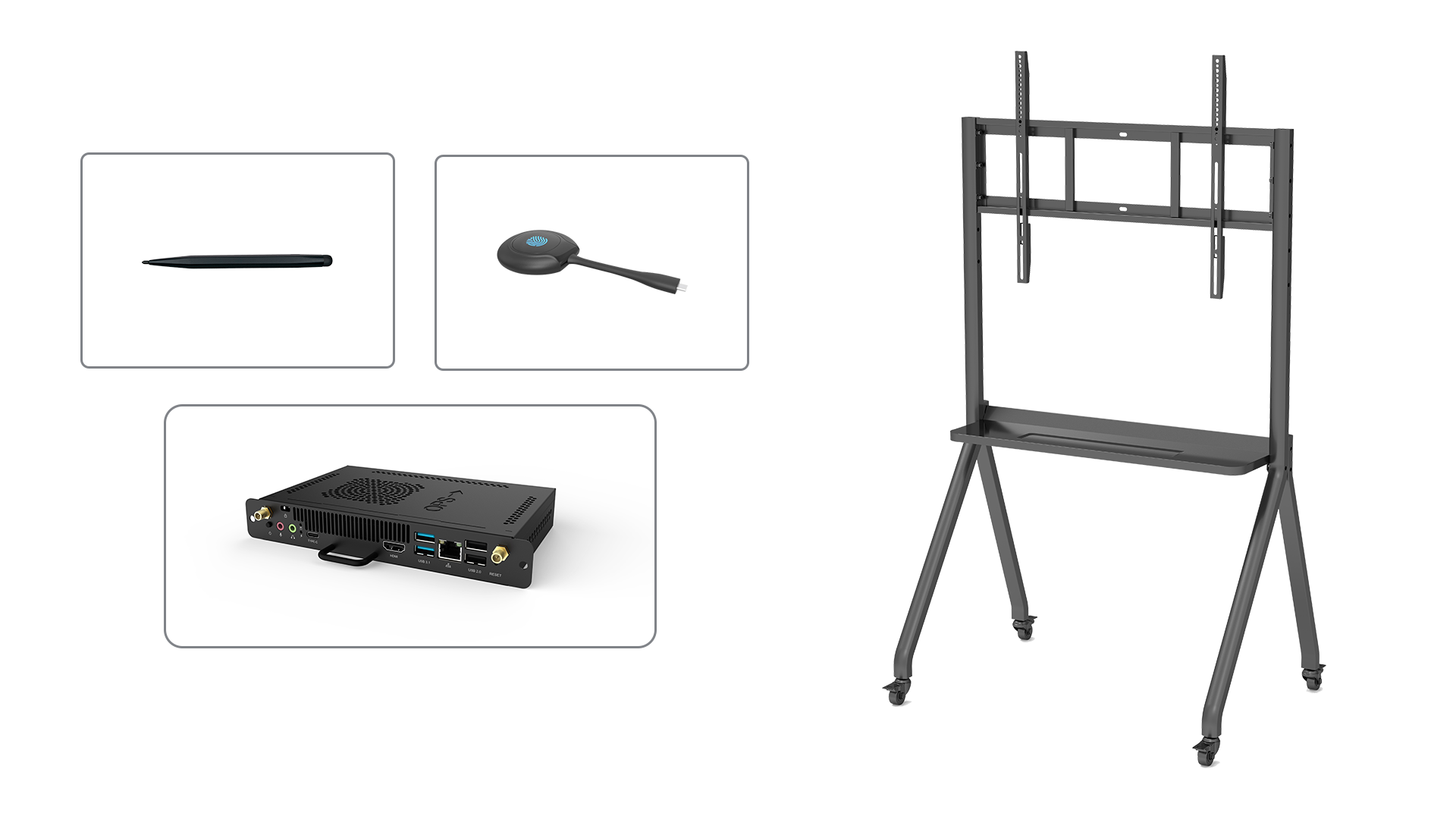Introduction
In today's digital age, interactive classroom technology has become an essential component of modern education. Smartboards have long been a popular choice for educators, offering a dynamic and engaging way to present information to students. However, with the rapid advancements in technology, there are now several smartboard alternatives available in the market. In this article, we will explore the best alternatives to smartboards, highlighting their features, benefits, and how they can enhance the learning experience for both teachers and students.
1. Interactive Flat Panels
Interactive flat panels are gaining popularity as a smartboard alternative due to their large touchscreens and advanced functionality. These panels offer high-definition display quality, allowing teachers to present content with clarity. With multi-touch capabilities, they enable collaborative learning experiences, where multiple students can interact with the panel simultaneously.
2. Document Cameras
Document cameras are an excellent alternative for teachers who prefer a more traditional approach to presenting material. These cameras allow educators to display physical documents, textbooks, or even experiments, making it easier for students to follow along. Document cameras can also be used to capture images or videos for later reference.
3. Interactive Projectors
Interactive projectors are an innovative smartboard alternative that transforms any surface into an interactive display. These projectors can be mounted on the ceiling or placed on a portable stand, projecting content onto a whiteboard or wall. With touch or pen-enabled interactivity, teachers can annotate on the projected image, making it an engaging tool for classroom presentations.
4. Tablet Devices
Tablet devices, such as iPads or Android tablets, offer a portable and versatile alternative to traditional smartboards. Teachers can use various educational apps and software to create interactive lessons, quizzes, and presentations. Tablets also enable individualized learning experiences, as students can easily access content and complete assignments on their own devices.
5. Virtual Whiteboards
Virtual whiteboards are becoming a popular smartboard alternative, especially in remote or hybrid learning environments. These web-based platforms allow teachers and students to collaborate in real-time, with features like text, drawing tools, and video conferencing. Virtual whiteboards offer flexibility and accessibility, making them an ideal choice for distance learning.
6. Augmented Reality (AR) Tools
Augmented Reality tools provide an interactive and immersive learning experience, allowing students to visualize complex concepts in a three-dimensional space. By using AR apps or devices, teachers can bring virtual objects into the classroom, making lessons more engaging and memorable. AR tools can be used as a supplement to smartboards or as a standalone alternative.
7. Online Collaboration Platforms
Online collaboration platforms, such as Google Classroom or Microsoft Teams, offer a comprehensive solution for interactive learning. These platforms provide features like document sharing, real-time collaboration, and virtual classrooms. Teachers can create interactive assignments, facilitate discussions, and track students' progress, making online learning more interactive and engaging.
8. Interactive Response Systems
Interactive response systems, also known as clickers, allow teachers to gauge students' understanding and gather real-time feedback during lessons. These handheld devices enable students to respond to questions, quizzes, and polls, encouraging active participation in the classroom. Interactive response systems can be used alongside smartboards or as a standalone alternative for quick assessments.
9. Mobile Apps for Smart Devices
Mobile apps designed specifically for smart devices offer a convenient alternative to traditional smartboards. These apps provide interactive features like whiteboards, annotation tools, and multimedia integration. Teachers can use their smartphones or tablets to present content, annotate, and interact with students, making it a flexible and cost-effective solution.
10. All-in-One Interactive Displays
All-in-one interactive displays combine the features of multiple smartboard alternatives into a single device. These displays often include a touchscreen, built-in computer, document camera, and interactive software. All-in-one displays offer a seamless and integrated solution for classroom technology, eliminating the need for separate devices and simplifying the setup process.






